Alright – so today we’ve got the honor of introducing you to Sam Bartlett. We think you’ll enjoy our conversation, we’ve shared it below.
Sam, appreciate you joining us today. We’d love to hear about a project that you’ve worked on that’s meant a lot to you.
I’ve been writing and drawing books since I was in my 20s. (I am now 61) I have made mostly comix, and mostly a absurdist comix series called “Stuntology.” I have published 32 zines and 4 books about Stuntology, including one book with Workman that was in print for 10 years and was translated into German and Finnish and distributed around the world. (You can can find it in a thrift store near you, haha.) Stuntology is the study and celebration of people amusing themselves with everyday objects when they’re hanging out. Kind of the intersection of crafty things your grandparents taught you, parlor tricks, and really stupid games. With a little bit of science and experimentation and logic thrown in for good measure. I have also done a long series of graphic memoir panels on social media that I call “Everyday Comix.” During the pandemic I wrote and published a memoir about working on a farm in a remote town in Norway. Through this book and social media, I reconnected with my farm family after 40 years of not seeing them or communicating with them. The book is called, “Grötkräkla,” and it is about a common household tool that I noticed hanging on the wall of all the small farms I visited. I released my memoir as a weekly serial and I eventually had hundreds following the story in both the US and Norway. I really felt the power of comix and storytelling to connect people during a terrible time.
I am currently working on another graphic memoir about the three years I spent working at a Cider Mill in Vermont when I was in my 20s.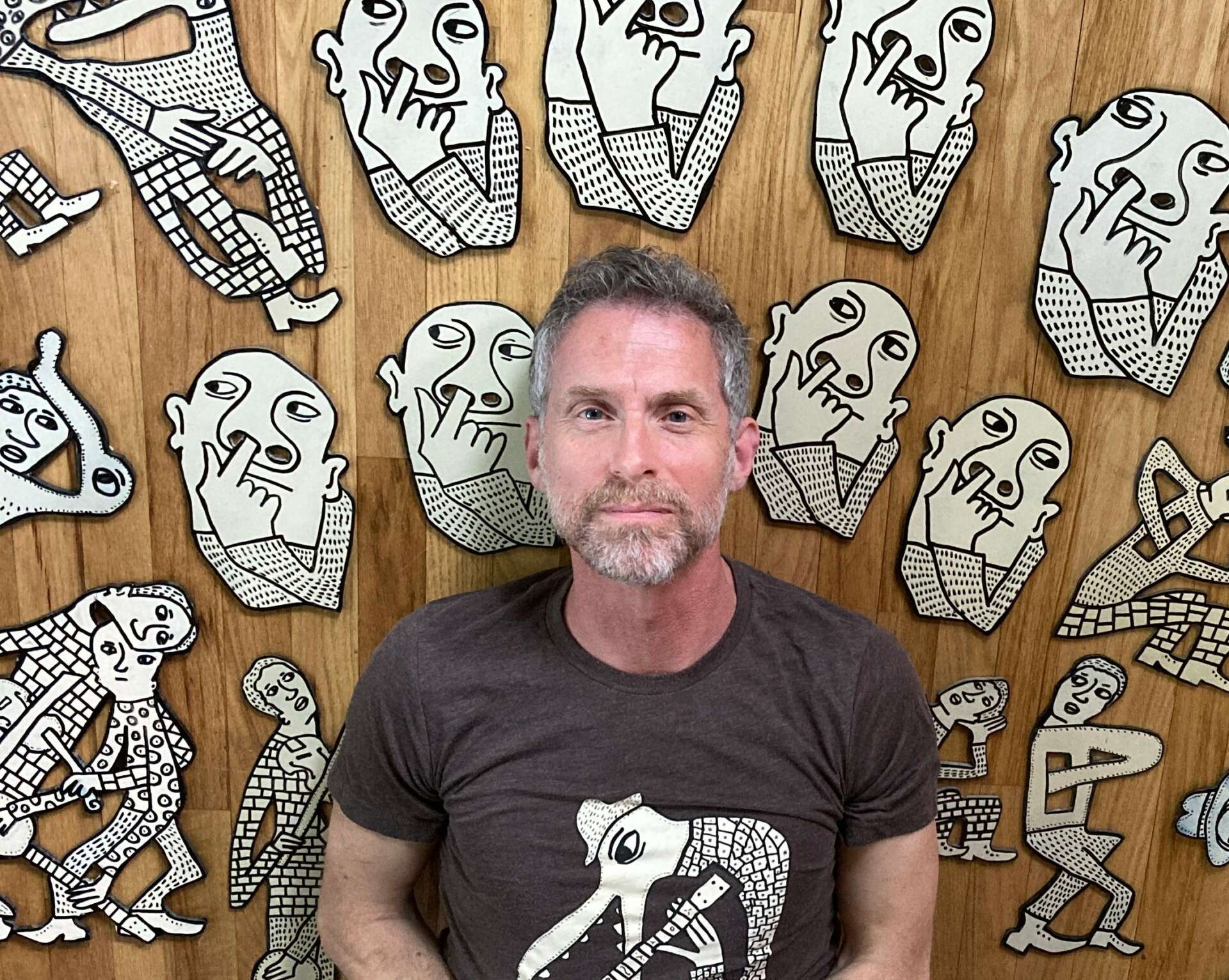
Sam, before we move on to more of these sorts of questions, can you take some time to bring our readers up to speed on you and what you do?
I was a terrible student, probably suffering from some sort of mild, undiagnosed dyslexia. School did not make sense to me and it was a horrible experience. To make matters worse, my father was a university professor and scientist who simply did not understand how someone could be confused by learning. I sought refuge in teaching myself and the banjo and mandolin and in drawing. I spent a lot of time going to Bread & Puppet Theater in Vermont and became friends with the founder, artist Peter Schumann, who encouraged me to self-publish books. Peter and I would trade self published books and Bread & Puppet Museum sold my book and zines for years. I worked as a cider maker and truck driver for several years before becoming a full time professional musician in my mid-20s, playing at contra and square dances, functions, and festivals. I self-published zines and books and made plywood sculptures. That’s what I still do! I also have led many workshops in storytelling with moving panoramas, or “Crankie Shows.” I have done these workshops throughout the US, from. WVA to rural AK. My Crankie shows, Everyday Comix and plywood sculptures have been featured in two big gallery shows, at Saint Michael’s College in Vermont, and Old Dominion University in Virginia.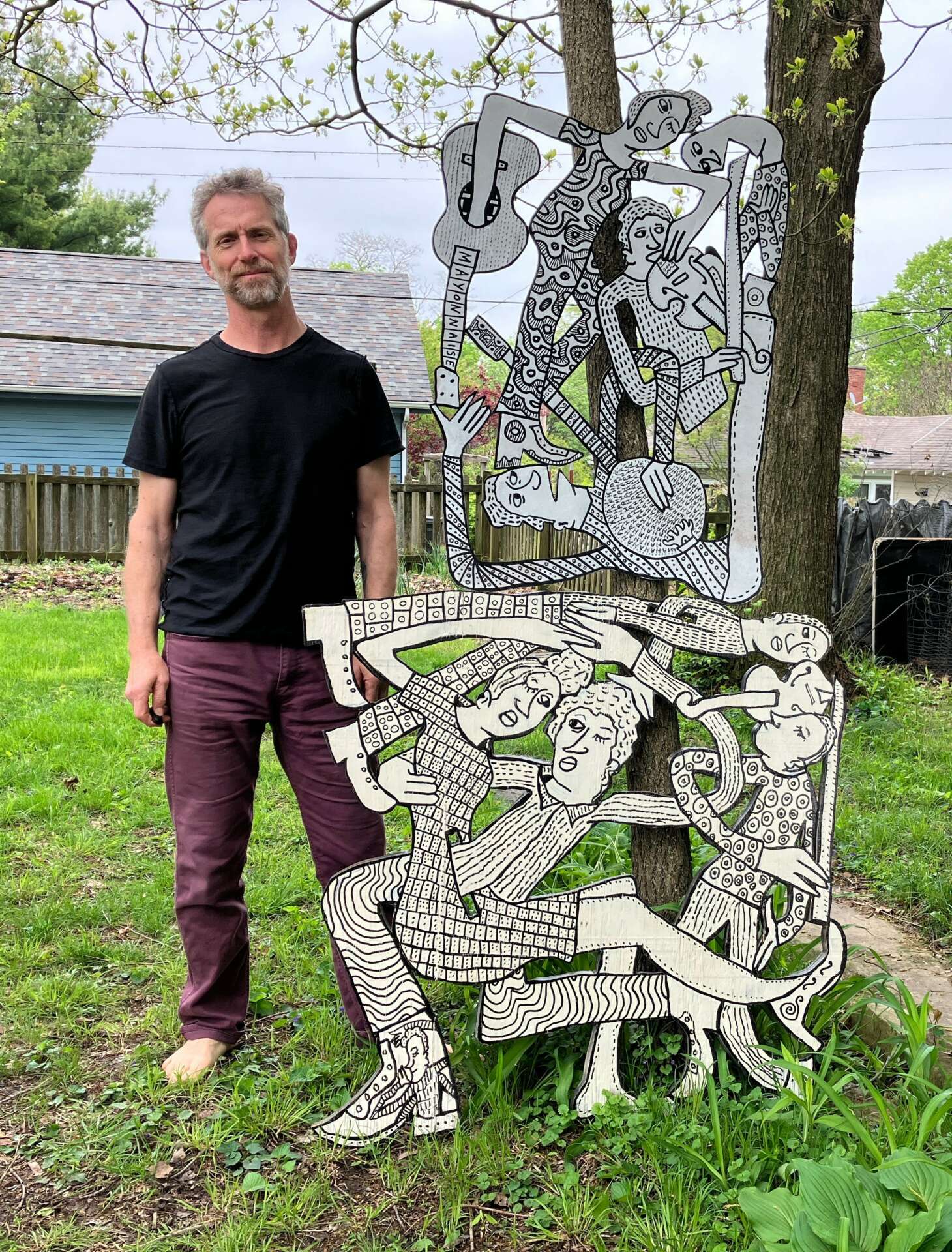
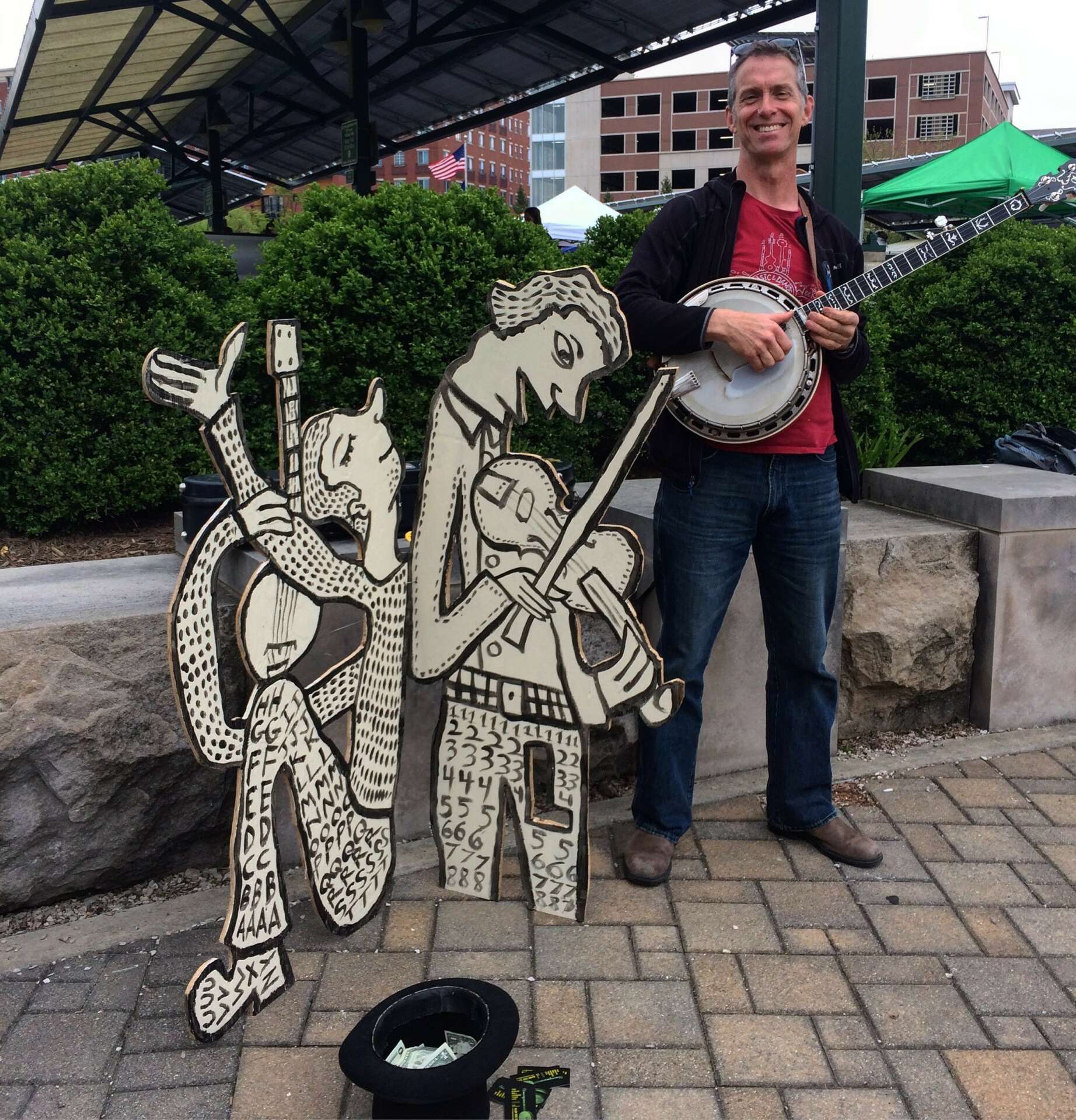
Can you share a story from your journey that illustrates your resilience?
Until the pandemic, I was mostly earning a living touring music and doing Stuntology performances. And then….a year of work was erased in a few days. I made an intense pivot, putting everything I had into doing artwork. I was lucky–a friend asked me to do illustrations for a film project. This anchored me at first. And then I started doing a lot of plywood cutout sculptures. It was as much for my own sanity and peace of mind as anything. I put photos of various pieces up on social media and started selling them right away. Many people wanted the same pieces, so I got a cheap projector, projected the images onto pieces of plywood and made many simples iterations of pieces. I figured out how to produce a bigger volume of artwork. And also I started getting commissions and charging more. I was able to turn my plywood sculptures into more of a business and replace much of the lost income from the pandamic.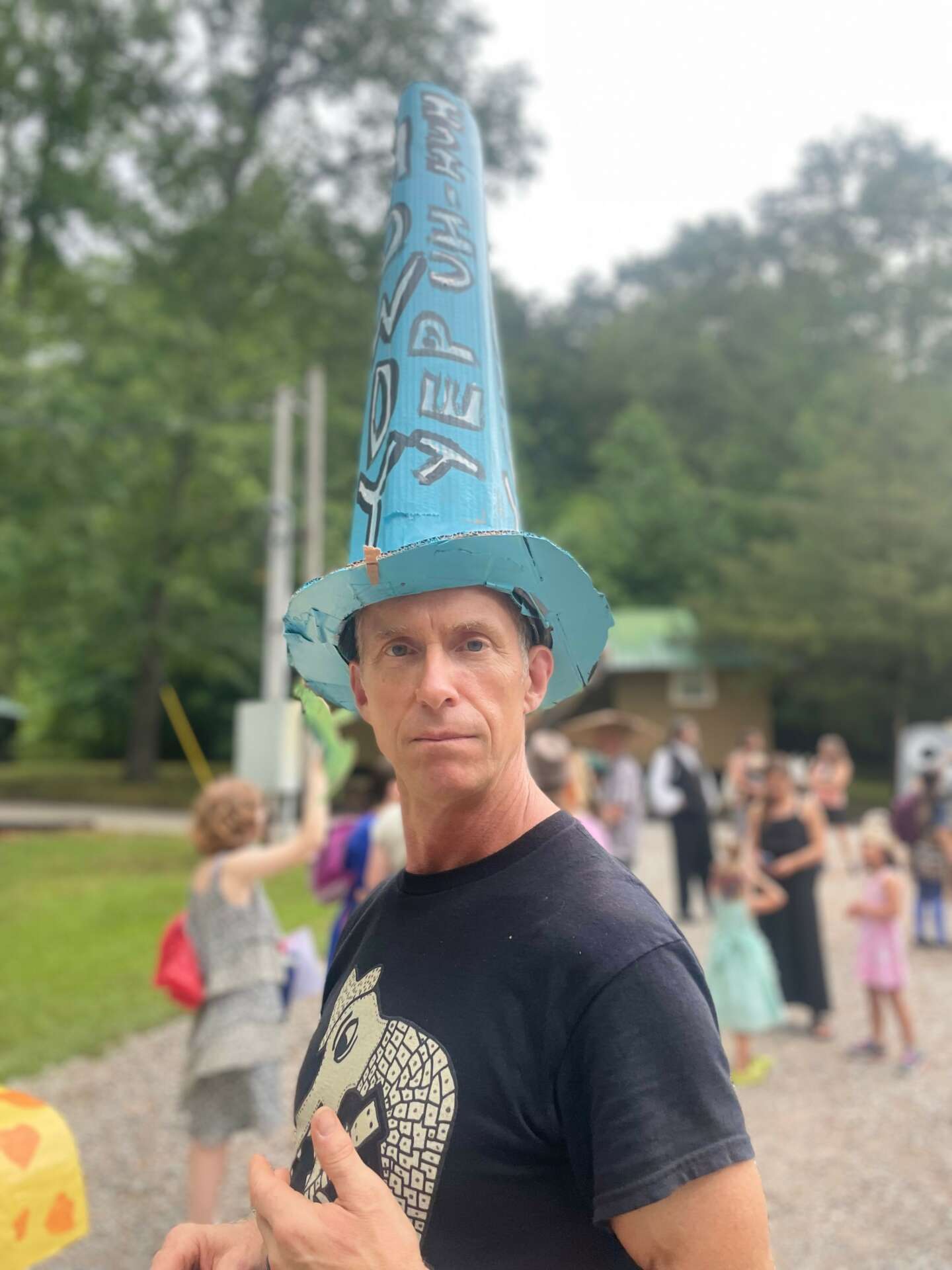
Is there a particular goal or mission driving your creative journey?
My goal is to do artwork and to buy a minimum of art supplies. I use almost only salvaged wood for my plywood cutouts. I love converting trash into art. With all of my art, I like to use the simplest cheapest supplies. I like to feel like I”m transforming garbage into art. 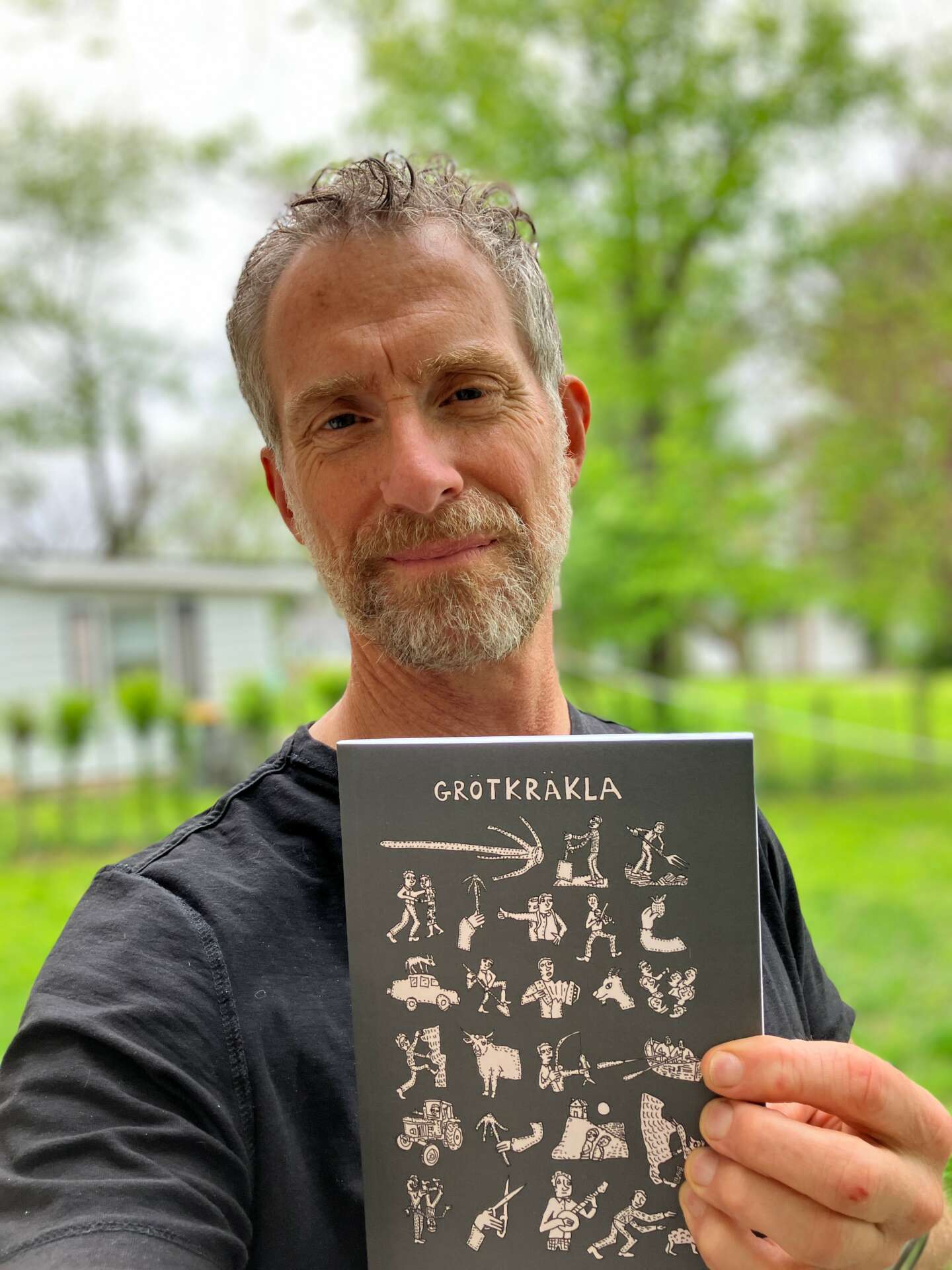
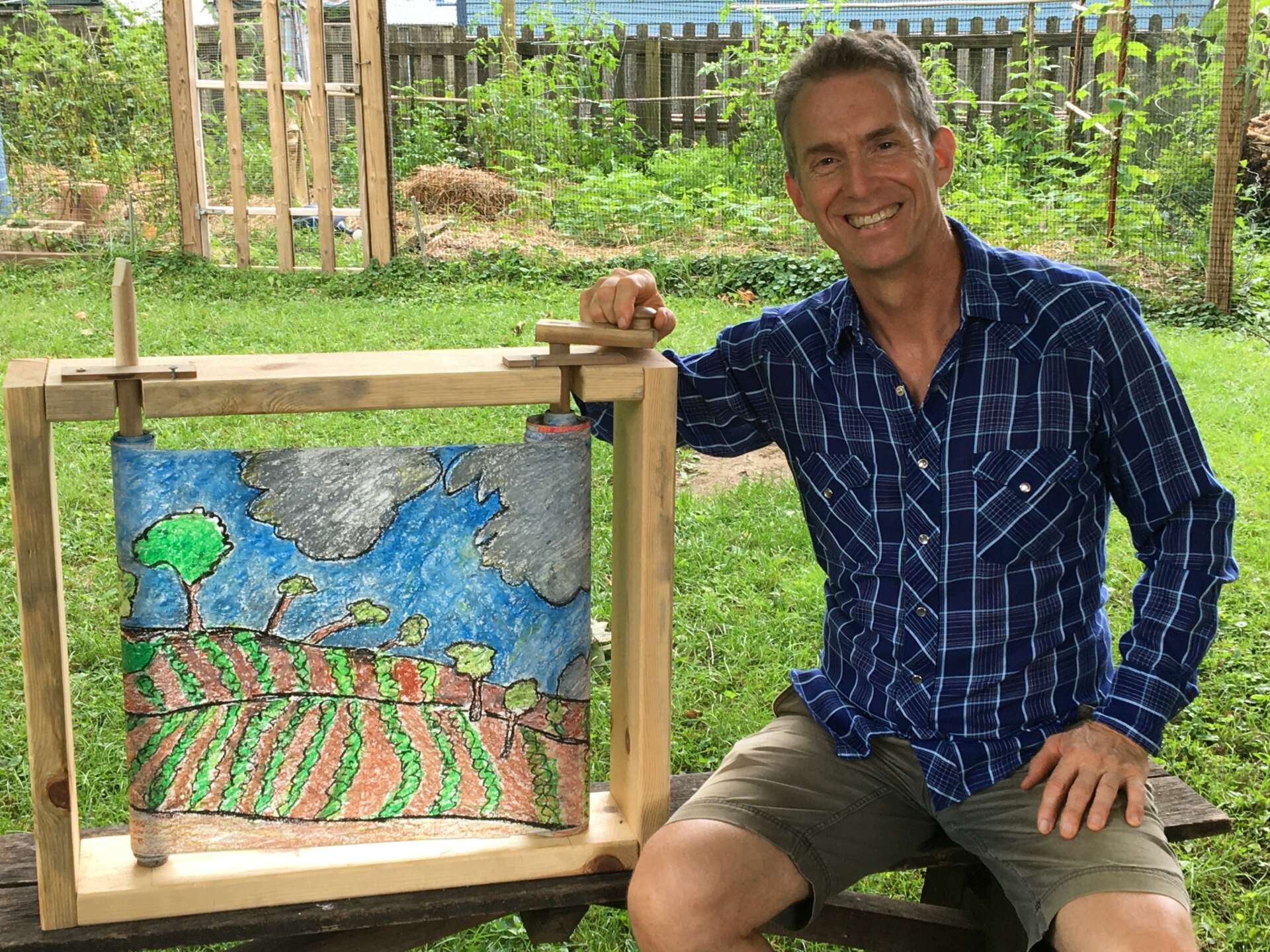
Contact Info:
- Website: https://sambartlett.com/
- Instagram: @realsambartlett
- Facebook: https://www.facebook.com/groups/160483762427
- Youtube: https://www.youtube.com/channel/UCGE6wbNXwesOH2n8NLWF2YA
- Other: my T-shirts: https://www.teepublic.com/user/sambartlettart

